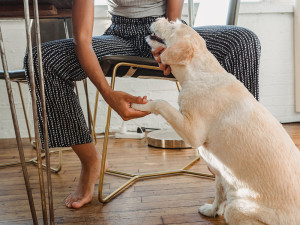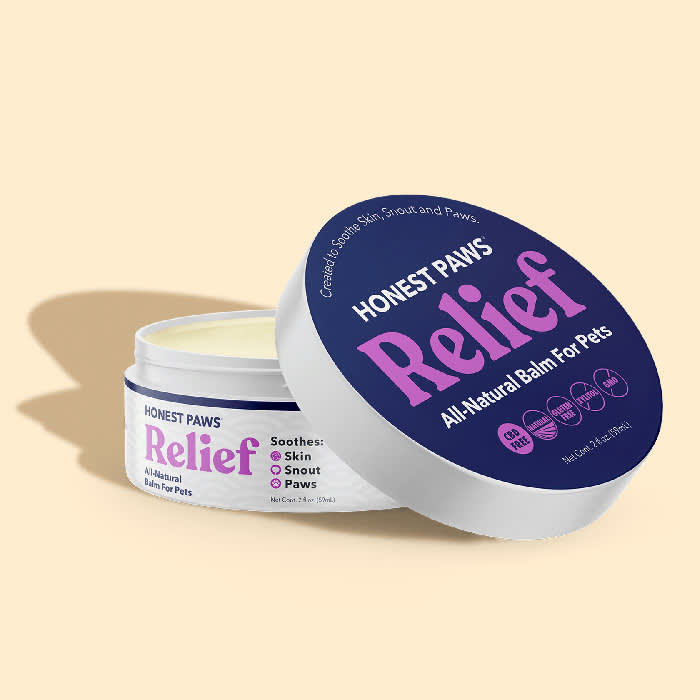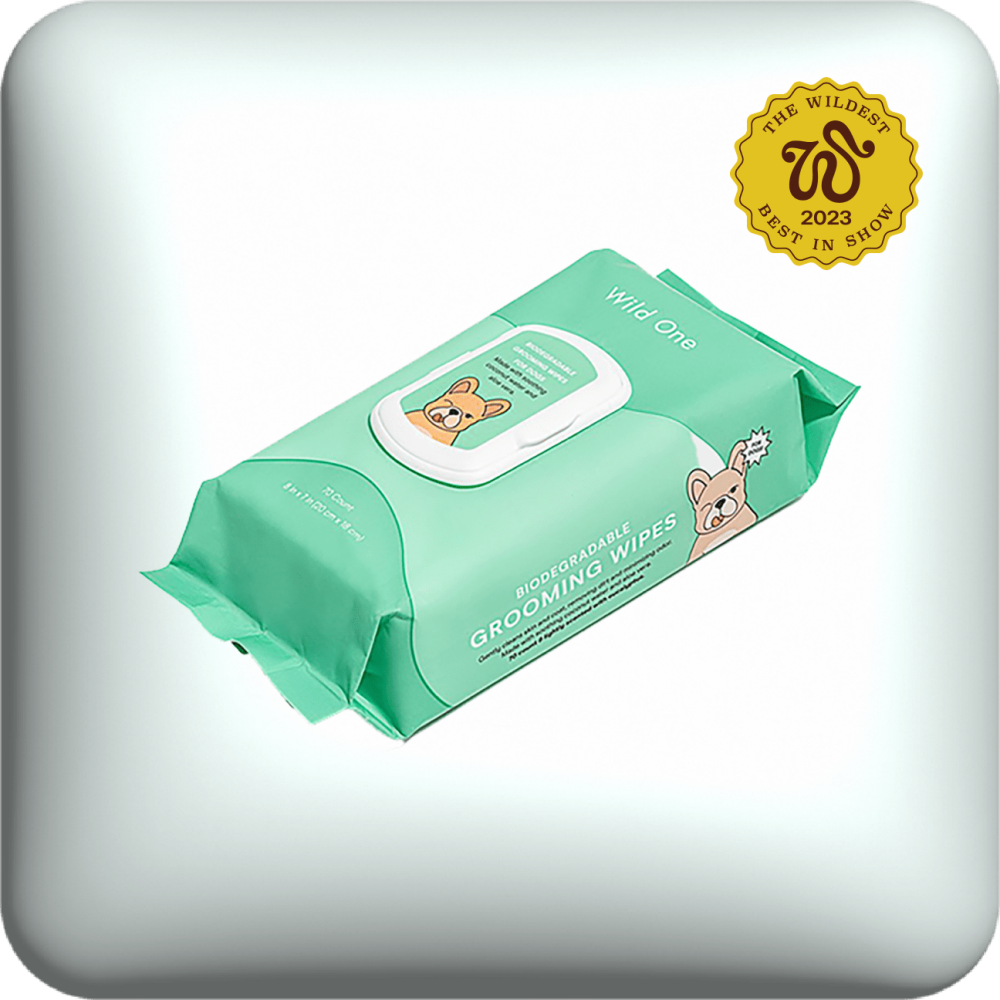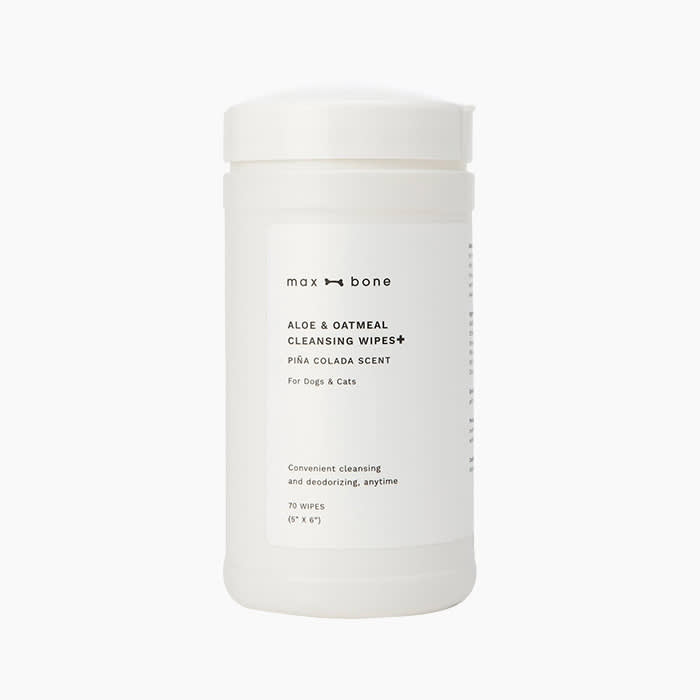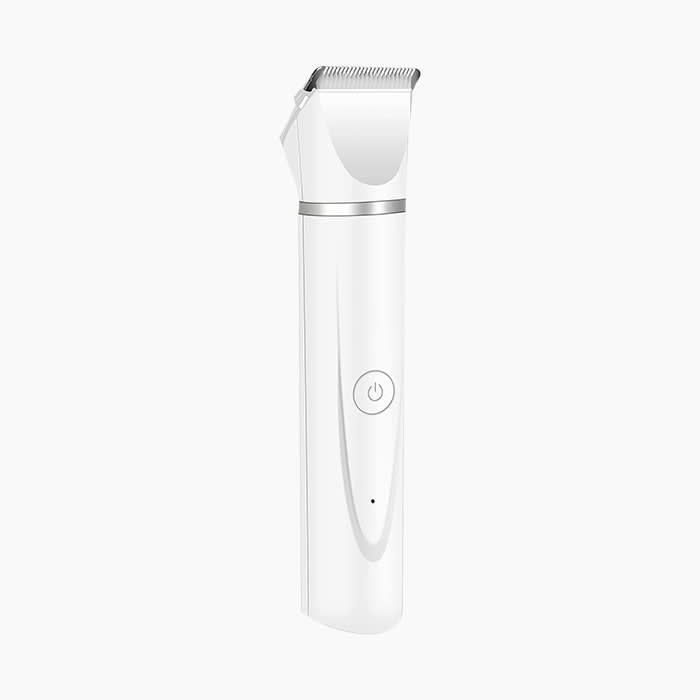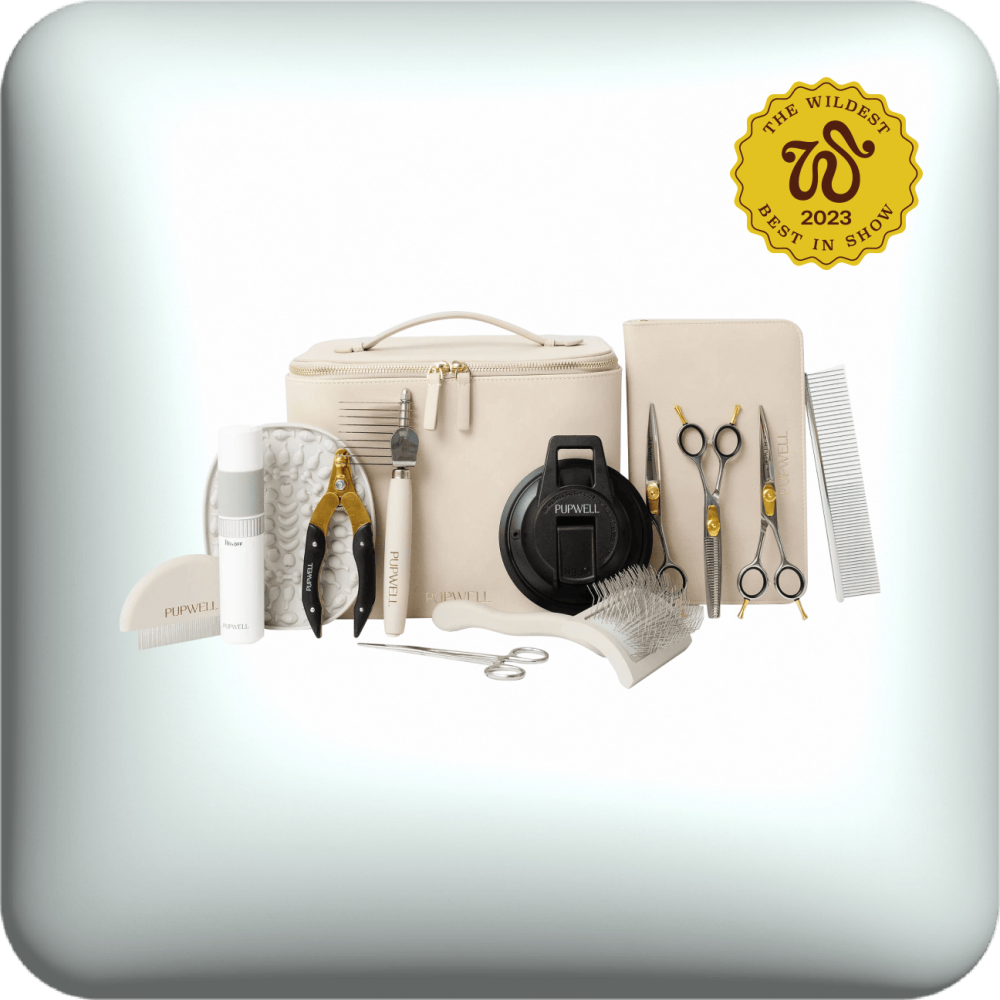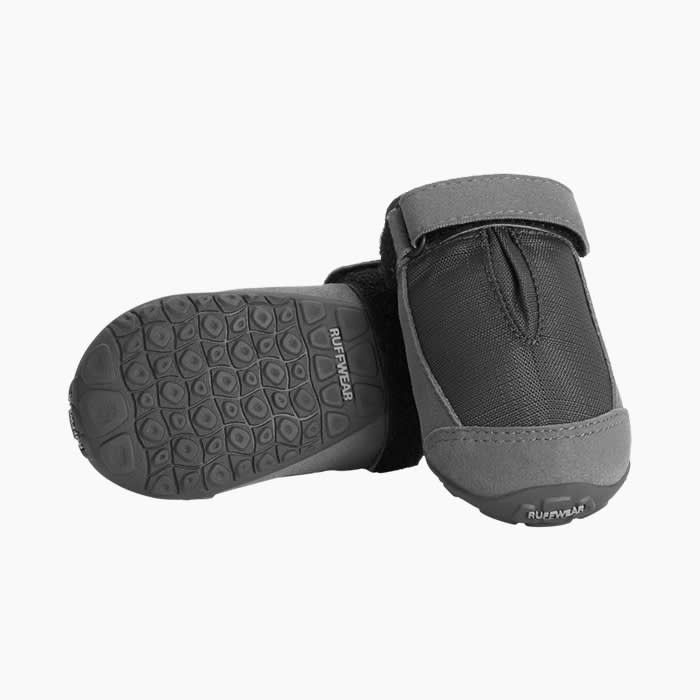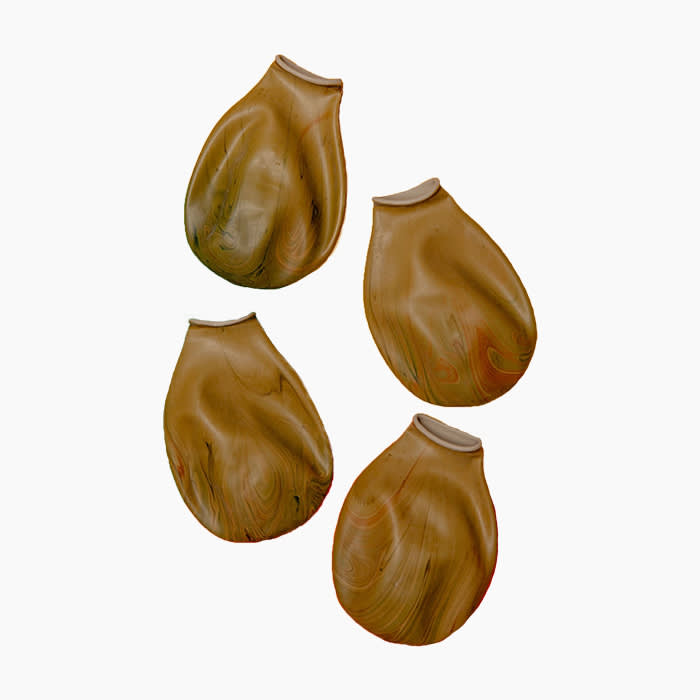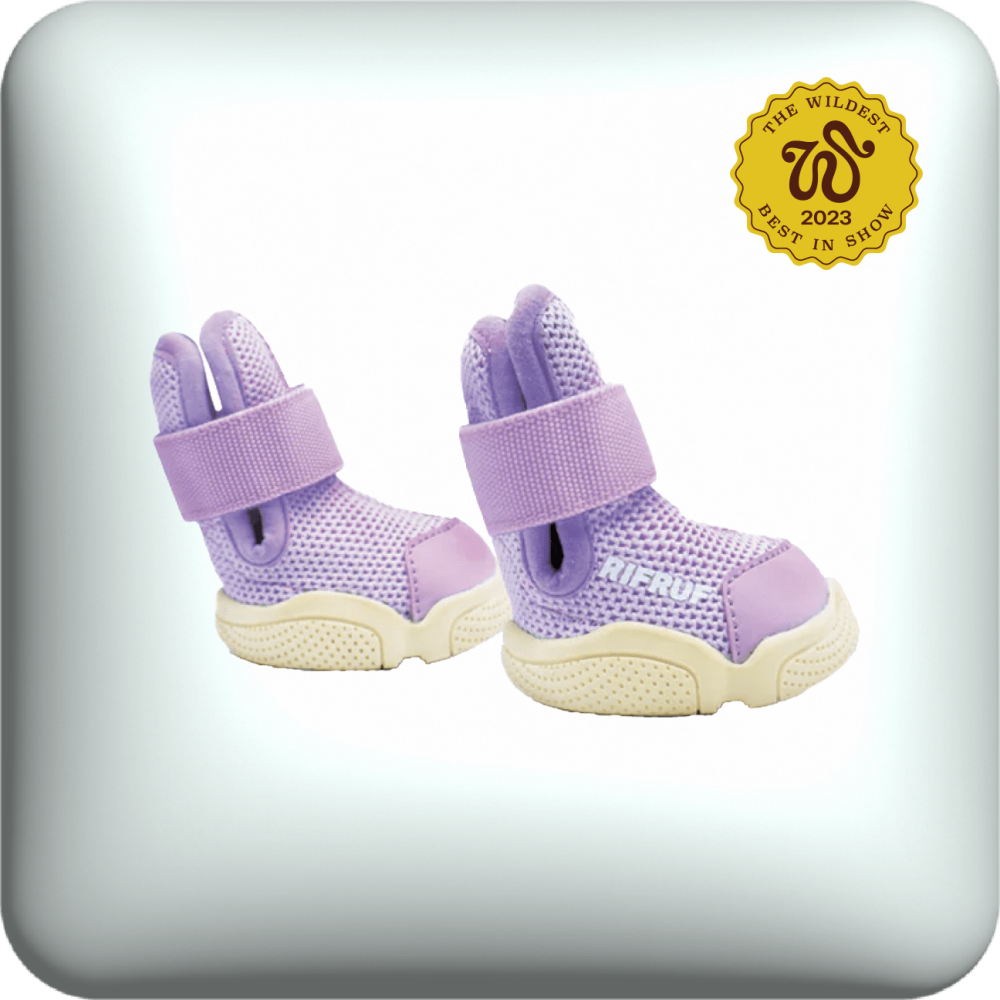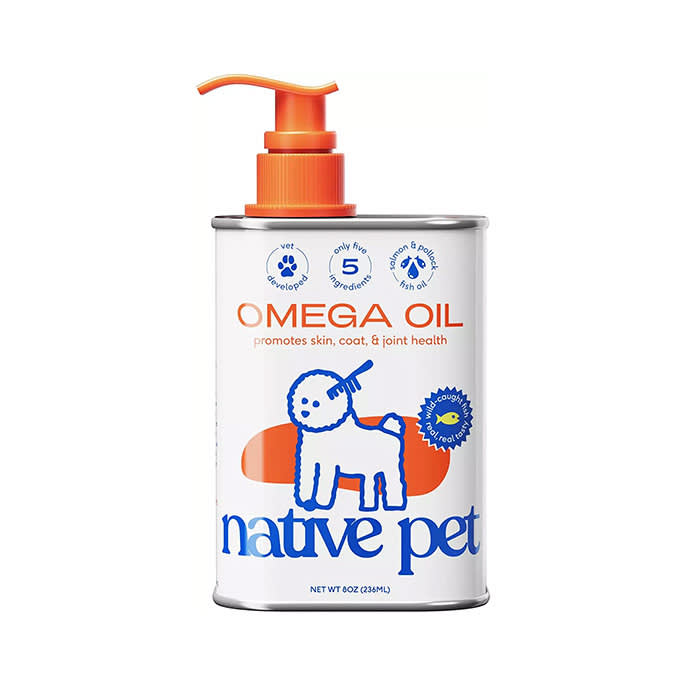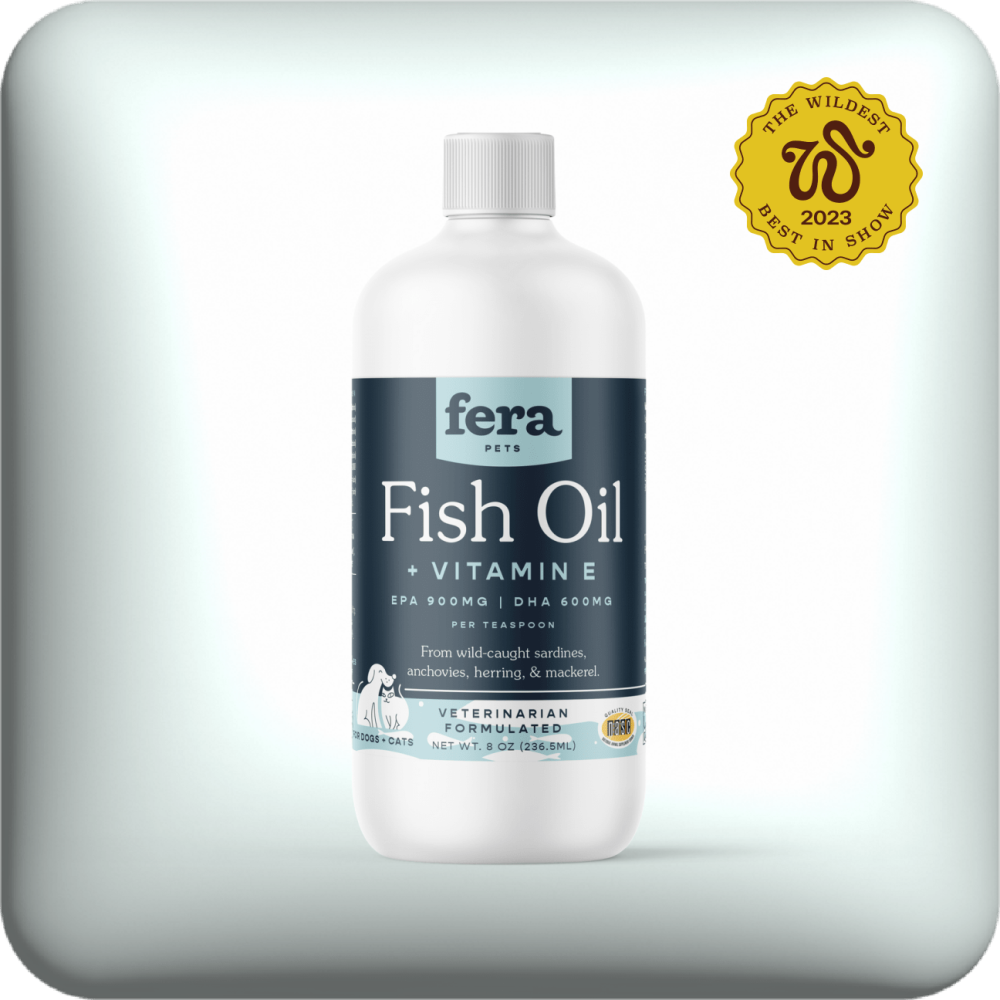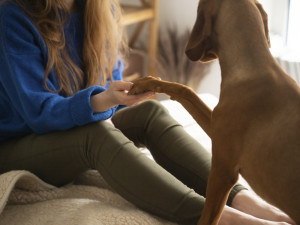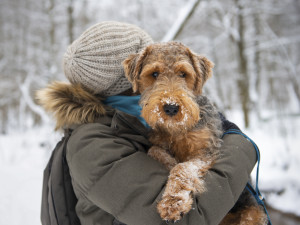Cold Weather Is the Nemesis of Dog Paws. Here’s How to Help
We all have to up our moisturizing game in the fall and winter.
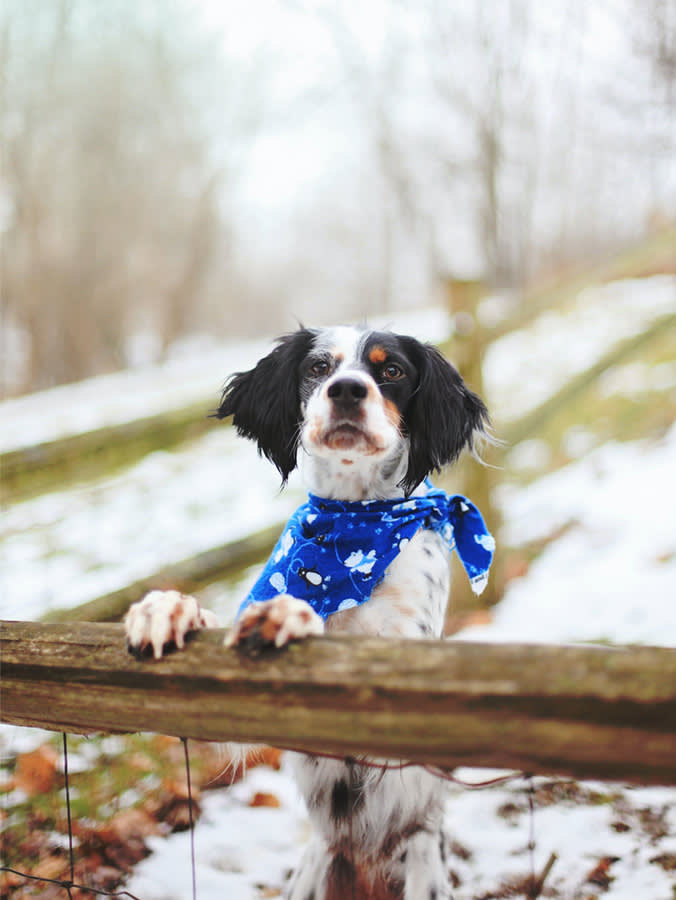
Share Article
As Game of Thrones puts it, “winter is coming,” and by now, your pup knows what that means. In chilly regions, winter serves up a host of things for dogs and their people that make outdoor walks about as harrowing as the Battle of Winterfell. Salt and other de-icing agents are hazardous to dogs’ paws and skin throughout the season, and moving from cool air outdoors to warm air indoors can result in dry, irritated, and cracked paws.
It’s easy to prevent and soothe cracked paws with simple methods: applying a coat of paw wax before heading outside, wiping your dog’s paws with warm water, and removing de-icing agents are all on the list. Your pup just needs a little prep. Here are a few simple things you can do to keep your dog’s skin healthy this winter.

Get (totally free) deals for food, treats, accessories, tech, and way more pet parenting must-haves.
opens in a new tabPreventing cracked dog paws
Apply balm
Applying a coat of paw wax, made from a blend of several food-grade waxes, before heading outside can prevent paw irritation and ensure your dog’s paws stay smooth and healthy. Not only does lubricating paws prevent skin cracks caused by cold, dry air after walks, but it can form a layer of protection from ice, rocks, and rough terrain. A thin coating of balm will go far.
Do a post-walk wipe down
After coming back from a walk, wash your pup’s paws. Salt, antifreeze, and other chemicals are seen all too often on winter streets, so it’s important to clean your pup’s paws with warm water. Don’t forget to check their legs and stomach, too. Note: Antifreezeopens in a new tab is toxic to dogs and can cause kidney failure if they ingest as little as one teaspoon.
Trim their pad fur
If your dog has long hair, trim the hair between their pads to prevent painful ice balls from forming. It’s easy for long fur to get packed with snow and ice, which can make walking painful. So, be sure to trim the fur between each of your dog’s toe pads. If you aren’t sure how, consult a groomer.
Use booties
Avoid paw problems altogether by putting bootiesopens in a new tab on your dog — which might be easier said than done. Booties are especially important if you live in an area that frequently gets snow or freezing temps. When shopping for dog booties, check the fit thoroughly and start with short walks. If your dog hasn’t worn booties before, make the introduction slowly, with plenty of treats.
Use omega-3 supplements
Vets consider a number of supplements to be helpful in maintaining a healthy skin and coat. Add omega-3opens in a new tab and omega-6 fatty acids (found in fish oil) to your dog’s food (this takes four to nine weeks to have an effect); vitamin E can be taken internally and/or applied topically. A deficiency in vitamin A may also contribute to skin problems; ask your vet about supplementing with vitamin A if the other options aren’t helping.
Try oatmeal baths
Increasing indoor humidity will help alleviate dry, itchy skinopens in a new tab. A simple oatmeal bath can ease irritated skin, but don’t bathe your dog too often; this strips natural oils and further contributes to dryness. Vets suggest a once-a-month bathing schedule. Regularly grooming your dog with a soft brush can also help improve their skin by stimulating the oil glands to produce more natural oils.
Janelle Martel
Janelle Martel is a freelance writer whose work has appeared on such sites as Healthline, SheKnows, and Rocky Mountain Dog.
Related articles
![A woman sitting in a chair holding a dogs paw in her hand and holding the dogs face in the other hand.]() opens in a new tab
opens in a new tab6 Natural Paw Balms That Will Keep Your Pup Safe From Summer Heat
The best paw balms, based on veterinarian recommendations.
![A woman trimming a dog's nails]() opens in a new tab
opens in a new tabHow to Trim Your Dog’s Nails
Five simple steps for trimming your dog’s nails at home.
![Jess Rona grooms a dog's tail.]() opens in a new tab
opens in a new tabDoes a Change of Season Mean a Change of Hairstyle — For Your Dog?
Celebrity dog groomer Jess Rona sets the record straight about “summer cuts.”
![Woman Feeding Her Dog During Dinner]() opens in a new tab
opens in a new tabHow to Train Your Dog in Social Graces
Because nobody wants your pup eating the host’s charcuterie platter.
![A woman holding a dog outside in the snow]() opens in a new tab
opens in a new tabHow to Keep Your Dog Safe in the Snow
Sometimes, your pup has to be exposed to the elements—and you have to keep them warm when they are. Here’s how.
